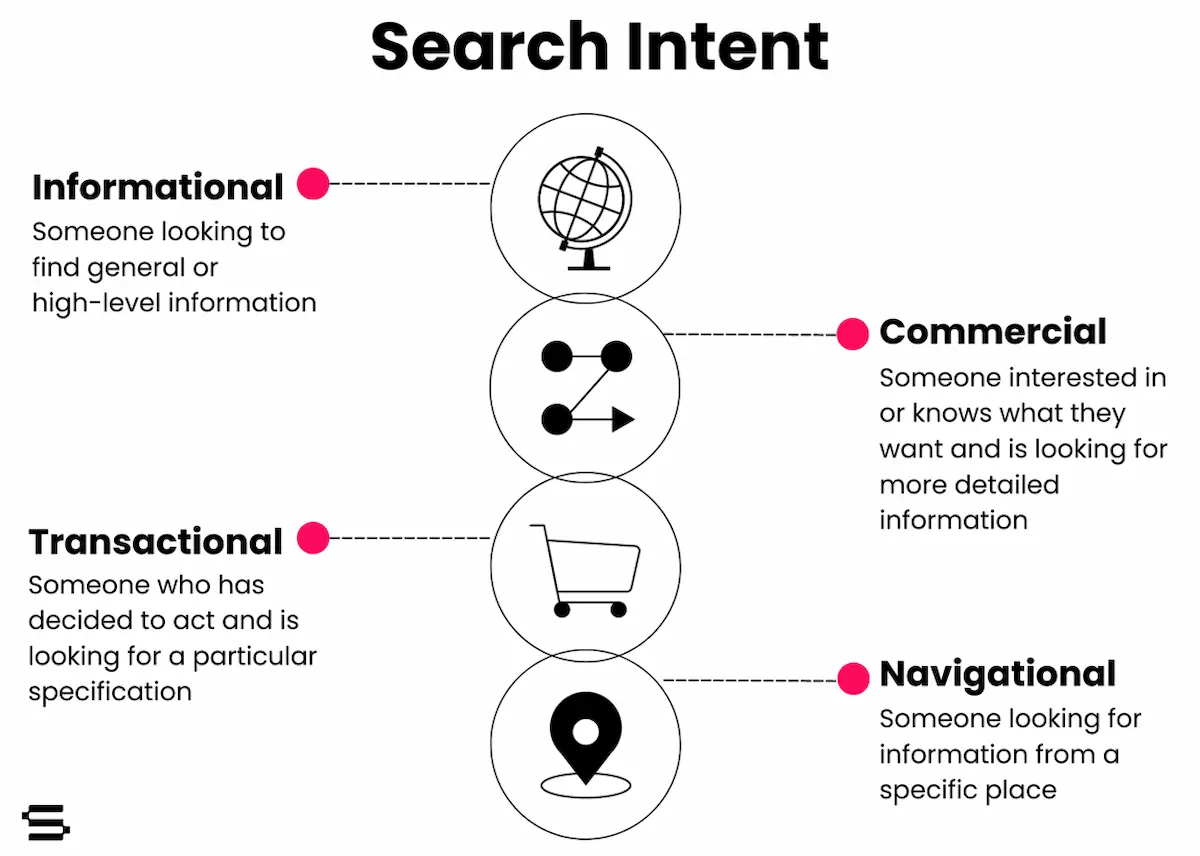There are many articles talking about how to structure your PPC accounts. Here are some good ones: Is Your Paid Search Account Structure Optimal? and Back to PPC Classroom Building Effective Campaign Structure. I think it is crucial to have a good account structure because it is one of the most important elements in PPC. This excellent PPC Hero blog highlights the disadvantages of not having a well structured account, A Poor PPC Account Structure Will Make Your Campaign Suffer.
The above mentioned articles give great strategic solutions in organizing your campaigns and ad groups based on site architecture and reporting needs. PPC best practices also tell us that our ad groups should be granular so that you can incorporate the keyword into the ad copy. This will then result in increasing your Click Through Rate and quality score, thus, lowering your CPC's. Furthermore, this approach will increase your relevancy and thereby propensity to convert.
Keeping these best practices in mind, how granular should you get in creating ad groups?
Recently, the SEER Google Agency Team visited our office. Among the wonderful breakout sessions they provided, one of the most insightful sessions was on strategies to create well-structured ad groups (especially new ad groups). Google introduced the “1k impression rule.” It's short, simple and providing a ton of values - If a keyword does not have more than 1K impressions determined by Google's Keyword tool then the keyword does not need its own ad group. Although the SEER Team has been utilizing similar approaches, the 1K impression cut off has systematically enhanced our ad group structuring. It also has helped us tremendously in re-organizing our current accounts as well as in creating new accounts. Below is a step by step outline in how we have been using this rule for our practice:
1. Run your seed keywords on the Google keywords tool.
2. Sort your results by search volume and pay attention to keywords with impressions equal to or greater than 1,000. I sort the keyword by Local Search volume (in this instance is the US) which is relevant for this client (see the screen cap below). Further information on Google's keyword tool can be obtained from the Adwords help. By now, you must be thinking why only keywords with 1,000 impressions or more? The reason behind this is that we want to invest our time creating targeted ad copy on keywords that have the greatest potential to drive the most traffic and thereby conversion.
 3. Download all the keywords as CSV files. It's just easier to manage the data in excel. You can filter data in a descending order and copy and paste your keywords as needed.
3. Download all the keywords as CSV files. It's just easier to manage the data in excel. You can filter data in a descending order and copy and paste your keywords as needed.
4. Start looking for potential ad groups theme. Based on the screen cap above, we have the following information: a. The 1st keyword has 110,000 searches, let's call this ad group X (if the term is relevant and not too broad for your intended audience) b. The 3rd keyword has 27,100 searches. It's actually a plural form of the 1st keyword. Thus, you can add the 3rd keyword into ad group X
5. Expand your keyword selections. After the ad group structure has been laid out, I recommend finding additional related terms, using Yahoo Suggest or any other Keyword tool you are comfortable using.
6. Remove duplicates. Once you have all your ad groups and Keywords in a long list make sure to remove duplicates. It can be easily done in excel 2007 by following this direction:
Highlight your Ad Groups and Keyword column, Select Data, Remove Duplicates, Select Your KW Column Only in the Pop up box and Hit Ok
It's a simple process but after doing a lot of research, this task is easily overlooked.
And there you have it. Of course, this is not the only method for creating ad groups. I have found this method very systematic and helpful by taking out the guess work from deciding how many ad groups need to be created. In summary, if the impression volume is not greater than 1K, the keyword is probably not worthy for its own ad group with its own ad copy. Instead, the keyword should be placed in an existing, related ad group. Hopefully, this process could help you in developing your ad groups as a simpler and less daunting task as it has been for the SEER team.

